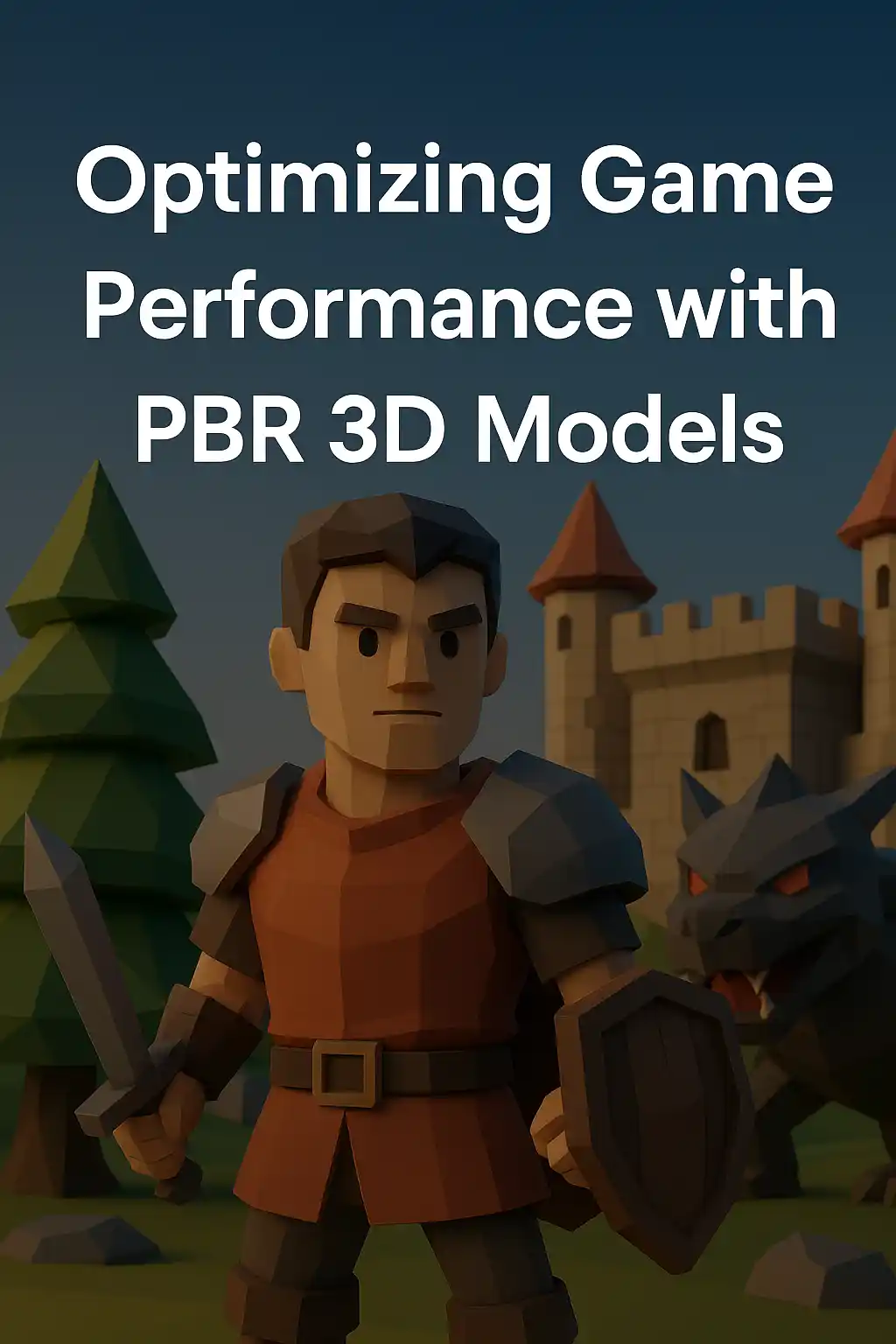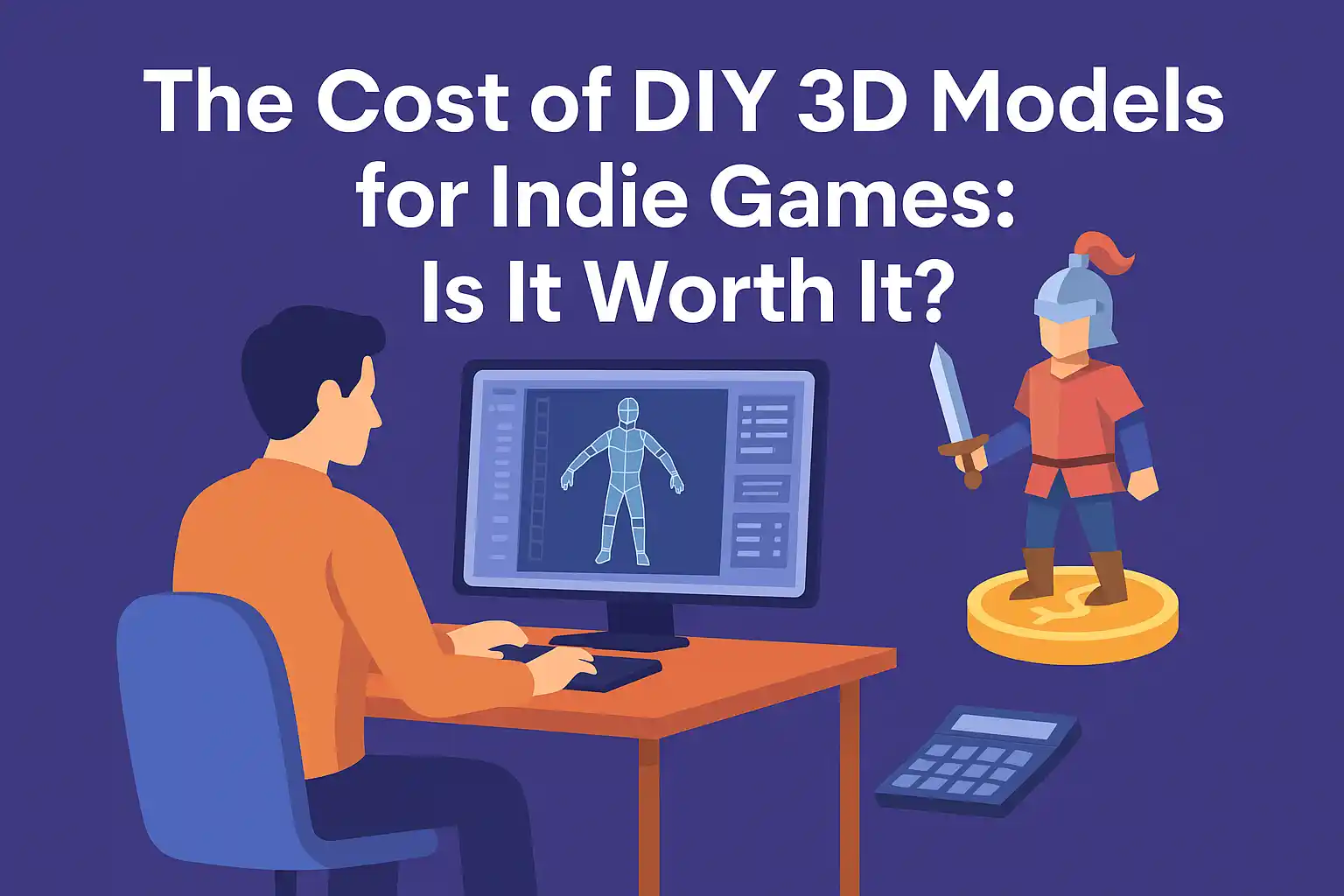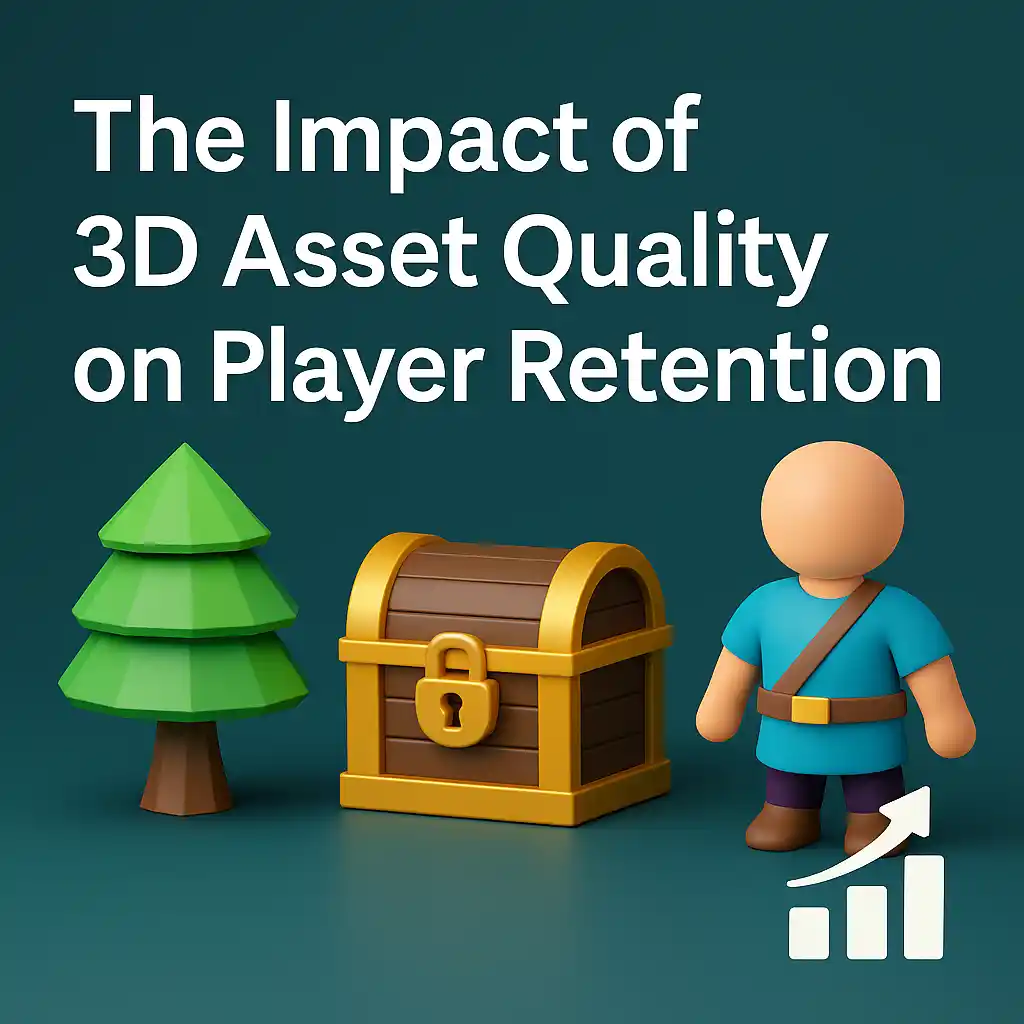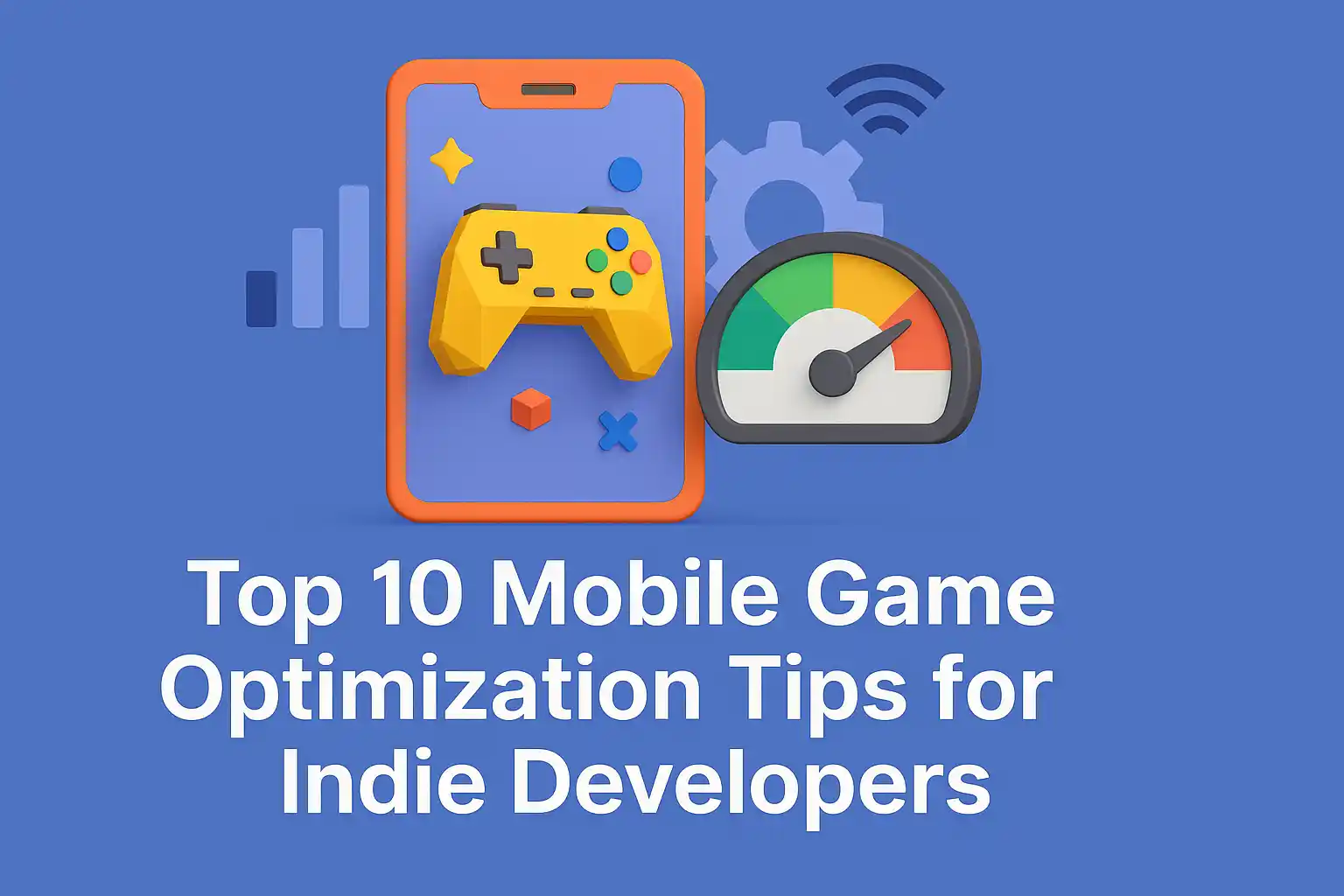Automating Texture and Material Creation with 3D Modeling AI
by Animatics Asset Store in Blog on September 25, 20253D design is changing fast. 3D modeling AI is now a key tool. It helps artists and developers save time. It also improves quality.
One major area is textures and materials. In the past, artists spent hours creating them. Now AI can do it in minutes. This saves time and keeps visuals consistent.
What Is 3D Modeling AI?
3D modeling AI is software that assists in creating 3D assets. It can generate textures, predict materials, and suggest lighting.
The AI learns from thousands of examples. It understands how surfaces react to light and environment. This makes textures more realistic. Developers can produce assets faster. They also reduce mistakes.
Why Automate Textures?
Manual texturing is slow. Artists must think about color, roughness, reflectivity, and detail. Large projects make this task even harder.
AI automation gives several benefits:
- Speed: Textures appear in minutes.
- Consistency: All materials follow the same standard.
- Variety: Multiple variations can be created quickly.
- Optimization: AI can make textures lighter for games.
AAA games often require hundreds of materials. Without AI, it would take much longer.
How AI Creates Textures
Generative Models
AI learns from real-world textures. It then generates new, natural patterns.
Procedural AI
This creates textures using rules. AI can simulate wood, stone, metal, or fabric. Patterns adjust automatically to the object.
Material Prediction
AI can analyze a model and suggest materials. For example, a chair model might get wood, metal, or plastic with realistic textures.
Benefits for Game Developers
AI helps mobile and PC game developers a lot.
- Saves Time: Developers focus on gameplay.
- Reduces Cost: Fewer artists needed.
- High Quality: Realistic surfaces with proper lighting.
- Scalable: Works well for games with many assets.
Studies show AI-assisted texturing can cut production time by 40–60% (Unity Report 2023).
Best Practices
AI is helpful but not perfect. Developers should:
- Check outputs: AI textures may need tweaks.
- Combine with manual work: Use AI for base textures, refine manually.
- Use good training data: High-quality textures improve results.
- Optimize for performance: Compressed textures run better on mobile.
Following these practices keeps textures realistic and efficient.
Tools and Platforms
Popular AI texturing tools include:
- Substance Alchemist: Fast PBR materials.
- Artomatix: AI material creation and enhancement.
- Blender AI Add-ons: Experimental AI texturing.
Finding high-quality assets can be tricky. Animatics Assets Store offers free, optimized 3D assets. Developers can use these in games. It saves time and ensures assets are ready for mobile optimization.
Applications
Video Games
High-quality 3D textures make games more immersive. Characters, weapons, and environments benefit.
Virtual Reality
VR needs realistic textures. Players notice flaws immediately. AI ensures smooth, detailed visuals.
Architecture
Architects use AI textures for fast, realistic previews. Floors, walls, and furniture look lifelike in minutes.
Challenges
AI is powerful but has limits:
- Learning curve: Developers must guide the AI.
- Quality issues: Some textures may look unnatural.
- Hardware needs: High-resolution AI textures need strong computers.
AI works best when combined with human creativity.
Future of AI in 3D Modeling
By 2025, AI will do even more:
- Dynamic characters: AI reacts to player actions.
- Adaptive worlds: Textures change with gameplay.
- AI-driven animation: Characters move more naturally.
- Cloud integration: Mobile devices can handle high-quality textures remotely.
The result will be faster production and more immersive games.
Conclusion
3D modeling AI is changing textures and materials forever. It saves time. It improves realism.
Developers can use tools and Animatics Assets Store for ready-to-use assets. This helps create the best mobile games and immersive worlds.
AI does not replace artists. It supports them. The combination of human creativity and AI efficiency will define the future of 3D games.






